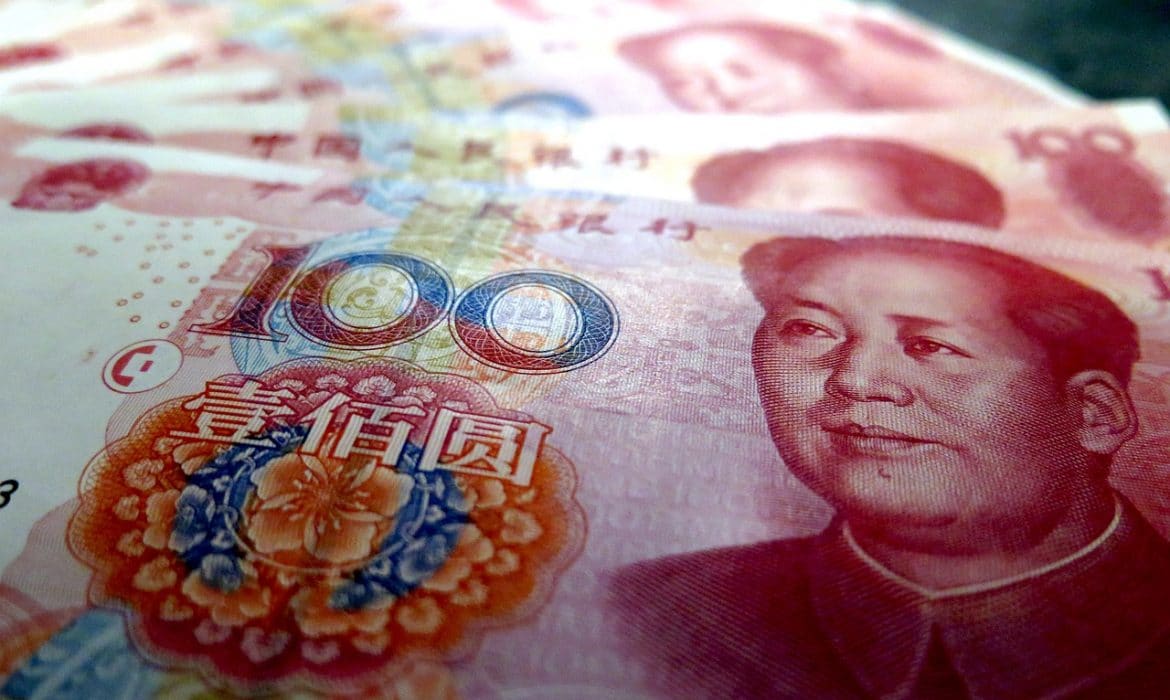Beijing, (Business News Report)|| The Chinese yuan regained some ground, after falling to a 7-year low, as the central bank moved to give strength to the currency.
The People’s Bank of China lowered the proportion of mandatory foreign reserves that banks must hold in their holdings, effectively increasing the supply of dollars in the domestic market.
The bank’s move came, after the Chinese yuan fell in foreign markets by 1.3%, to 6.6092 per dollar, its weakest level since November 2020.
The price of the Chinese yuan rose to 6.5766 per dollar as of 12:55 p.m. in New York, reducing the loss incurred over the past five days to nearly 3%, yet this remains the largest loss for the Chinese currency in almost 7 years.
The Chinese central bank said in a statement that financial institutions will have to hold 8% of their foreign exchange as reserves starting May 15, down from 9% currently.
This cut aims to “increasing banks’ capabilities of forex fund use” and will contribute to managing liquidity, according to the Central Bank.
The People’s Bank of China raised the reserve ratio twice last year, by a total of 4 percentage points, with the aim of curbing the yuan’s appreciation amid rising exports.
Eric Nelson, currency strategist at Wells Fargo, says Monday’s move shows that “the People’s Bank of China is not reassured by the speed of the currency’s decline.”
But reducing the reserve requirement by a limited percentage indicates that China is not aiming to reverse the decline completely.
“They are trying to strike a balance between controlling foreign exchange and supporting growth,” Nelson added, adding that the yuan could continue to fall, but at a slower pace.
The yuan’s decline has accelerated since last week, due to fears of chaos in the economy due to the outbreak of COVID and its restrictions.
The government issued a mandatory order to conduct COVID tests in Beijing neighborhoods, and closed some areas of the capital, a sign that a repeat of the strict lockdown in Shanghai may be possible.
The Chinese stock market fluctuated, which led to a decline in the CSI 300 benchmark index by about 5%, in the worst selling wave of the index’s shares since February 2020.
Investors withdrew their money last week from one of the largest exchange-traded funds that track Chinese stocks.
Xtrackers Harvest CSI 300 China A-Shares ETF (ASHR), saw an outflow of about $144 million last Wednesday, the fund’s largest one-day outflow in its entirety. more than a month.
With $728 billion foreign-currency deposits onshore, the cut in the reserve ratio will increase the dollar supply by about $7 billion, a fraction of the average monthly currency inflows of $27 billion through foreign trade over the past year, according to Goldman Sachs Group Inc.
While the direct market impact may be small, “this move serves as a strong policy signal that PBOC is getting uncomfortable with the rapid depreciation of the currency,” Goldman analyst Maggie Wei wrote.























































